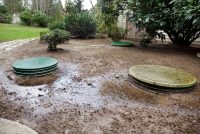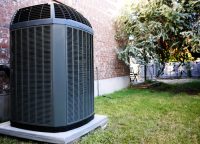Major Findings from the Second Integrated Urban Air Report to Congress
Major Findings from the Second Integrated Urban Air Report to Congress Under the Clean Air Act (CAA) Amendments of 1990, the EPA was tasked with taking action to reduce toxic air emissions and associated human health risks. In 1999, the EPA developed the Integrated Urban Air Toxics Strategy for reducing air toxics risks from all […]










